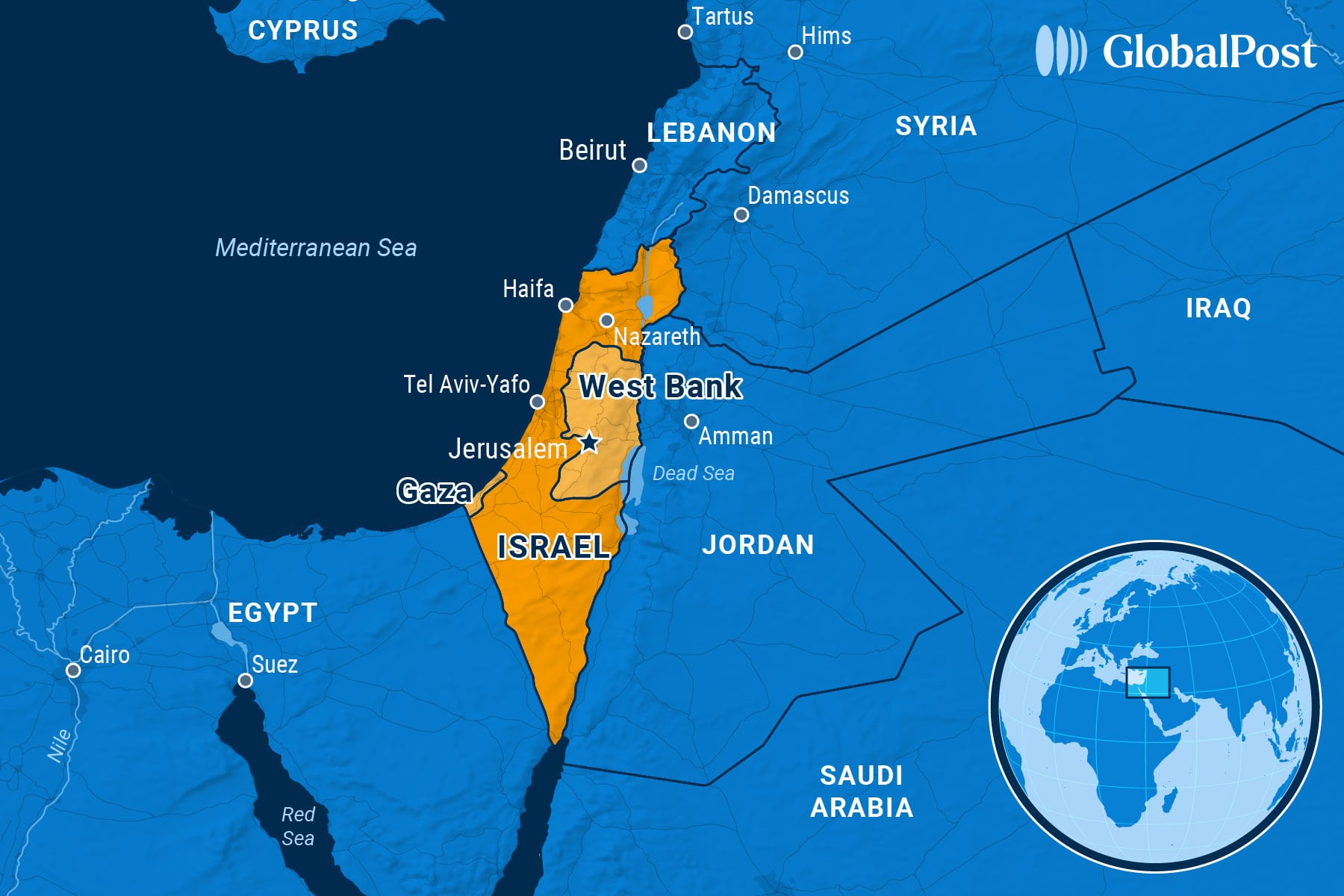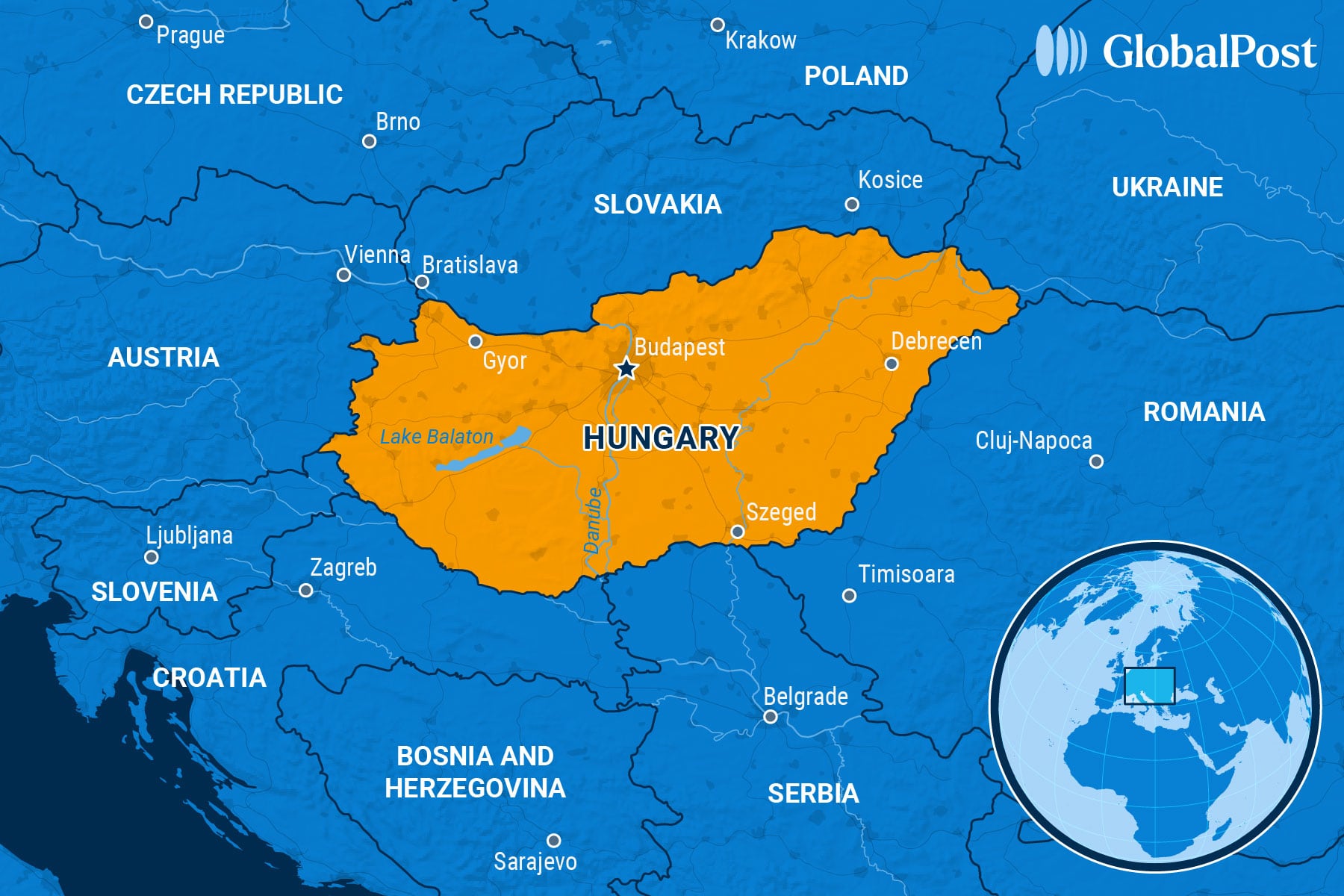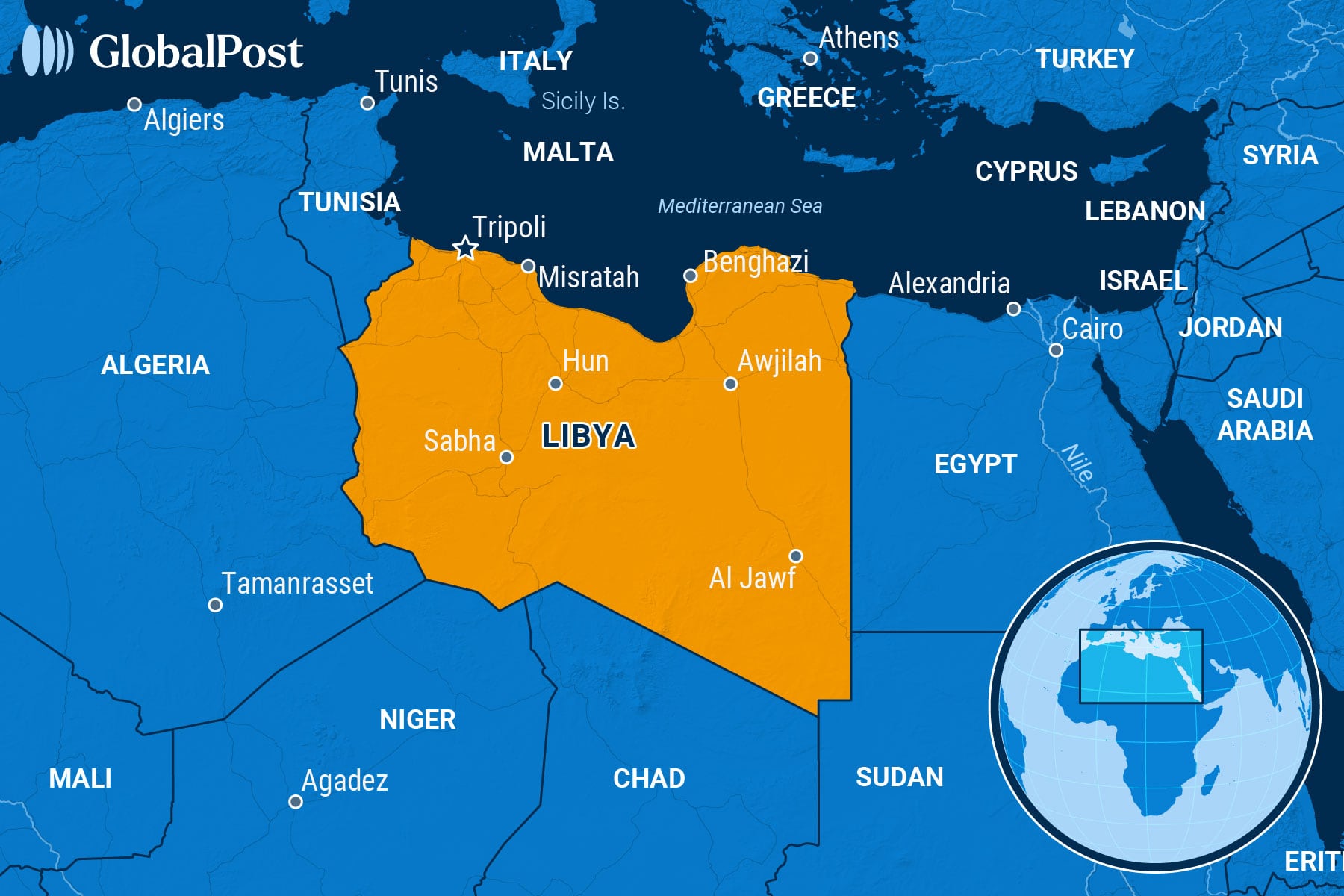Rocks and Hard Places: Caught Between Pakistan and India, Kashmiris Hope for Peace
NEED TO KNOW
Rocks and Hard Places: Caught Between Pakistan and India, Kashmiris Hope for Peace
KASHMIR

On April 22, gunfire broke out in the idyllic hill station of Pahalgam in Indian-administered Kashmir. When it was over, 26 people, mostly Indian tourists, were dead in the worst terror attack in the region in decades.
Immediately, India blamed Pakistan for the attack. Two weeks later, India launched strikes at its neighbor. Pakistan, which denied involvement, responded by downing Indian warplanes.
So began days of tit-for-tat attacks which were most intense along the Line of Control, the de facto border between India and Pakistan in Kashmir, a Muslim-majority region split between the two countries, but which each claims in its entirety.
The escalating fight between the two nuclear armed countries alarmed leaders around the world. On May 10, a ceasefire took effect as the US stepped in to negotiate a truce and find a “solution” for Kashmir. Analysts say the use of that word is recognition that any truce will eventually break without a permanent solution for the region.
Meanwhile, those caught in between Pakistan and India say they are bracing for more violence. “It is good that the ceasefire has taken place,” Suleman Sheikh, a 28-year-old resident in Uri in Indian Kashmir, told Al Jazeera. “But I don’t know if it will hold.”
Still, the explosion of violence is only bringing to the surface what has been shadowing the lives of Kashmiris for decades, ever since an armed rebellion first erupted against the Indian government in the late 1980s.
In the ensuing years, there had been outbreaks of violence but mostly a tense calm in the region, with Kashmiris complaining of heavy-handed treatment by the Indian government.
Then, in 2019, the Indian government led by the Hindu-nationalist Bharatiya Janata Party (BJP) scrapped Jammu and Kashmir’s semi-autonomous status that they had held since Indian independence in 1947, redrew Kashmir’s electoral map, and began a large-scale security crackdown. It deployed 700,000 troops there, imprisoned thousands of people, and shut down the Internet and all phone service for seven months. Journalists, academics, religious figures, human rights activists, politicians, businessmen, and lawyers were harassed or jailed. Some people, meanwhile, were disappeared or killed extrajudicially.
A year later, India said it defeated the terrorists and that “normalcy” had returned to Kashmir.
Then it encouraged Indian Hindus to settle there, removing property ownership restrictions on non-Kashmiris and encouraged tourism: “Tourism has replaced terrorism,” went one of the government’s pitches, encouraging Hindu pilgrims, newlyweds, and families to visit.
The April attack, however, shattered the Indian government’s lie, say analysts. “The narrative that Kashmir has become a ‘normal’ and peaceful region under Indian rule has been a core element of the ruling BJP’s propaganda for years,” wrote Saiba Varma of the University of California, San Diego, in Compact magazine. “Overnight, the attack shattered (that) version of reality.”
Now some Indians feel betrayed by the government.
“We didn’t know that a trip to Kashmir could turn out so bad for us,” Aishanya Dwivedi, who survived the attack in which her husband of just two months was killed, told the BBC. “But the government told us that Kashmir is safe.”
Meanwhile, Indian officials have long dismissed anti-Indian tensions in Indian-controlled Kashmir as the work of Pakistan. But as the Associated Press noted, it was Indian actions in the region that upended life for 7 million Kashmiris and led to those tensions.
“The prime minister of the world’s largest democracy had clamped down on Kashmir to near-totalitarian levels,” the newswire wrote. “And Narendra Modi’s country reacted with roaring approval.”
By April 22, Kashmiris had been living in a region of simmering tensions “amid a strange calm enforced by an intensified security crackdown,” it added.
Now that crackdown is getting even more intense.
In Kashmir, the Indian government over the past few weeks has demolished the houses of those they deem rebels without due process, raided homes across the region, and detained almost 3,000 people, including journalists, most of whom are being held in preventative detention.
“What happened in Pahalgam is gruesome, and no sane person would endorse such an act,” a young boy in Guree, where homes have been demolished, referring to the attack, told the Washington Post. “But why punish civilians?”
THE WORLD, BRIEFLY
Israel Launches New Offensive In Gaza
ISRAEL/ WEST BANK & GAZA

Israeli forces launched an expanded ground offensive across the Gaza Strip over the weekend, with strikes killing more than 100 people in the past 24 hours, amid reports of hospital closures and a growing humanitarian catastrophe, the Times of Israel reported.
The Israel Defense Forces (IDF) announced Sunday the beginning of “Operation Gideon’s Chariots,” a new major military campaign aimed at dismantling Hamas, freeing hostages, and establishing long-term control over Gaza.
According to the IDF, more than 670 Hamas targets were hit over the past week, including weapons depots, tunnels, and command sites. It added that it has killed “dozens of terrorists” and is now holding strategic areas inside Gaza.
Palestinian health officials reported at least 103 deaths since Saturday, bringing the death toll to more than 400 in the past week. The Hamas-run Gaza health ministry said three hospitals in northern Gaza – including the Indonesian Hospital – are now out of service due to heavy Israeli bombardment.
Over the weekend, reports emerged that the strikes killed Zakaria Sinwar, brother of former Hamas leader Yahya Sinwar, along with three of his children.
His reported death came shortly after Saudi news outlet Al-Hadath reported that the body of Muhammad Sinwar – Zakaria’s brother and de facto leader of Hamas in Gaza – was found in a tunnel bombed by Israel, along with 10 aides.
Israeli officials have not officially confirmed the report.
Meanwhile, Israeli authorities said they are advancing a plan to create humanitarian corridors and aid zones in southern Gaza.
The proposal, involving a new body called the Gaza Humanitarian Foundation, would distribute aid at a limited number of secured points, potentially restricting civilian movement. Aid groups criticized the initiative as coercive and inadequate.
Meanwhile, on Sunday, the Israeli cabinet approved restarting aid until the new plan could be implemented, Axios reported. Aid deliveries were mostly halted in March.
Amid the ongoing strikes, new peace talks mediated by Qatar took place Saturday, in which Hamas offered a 60-day truce in exchange for releasing nine hostages and allowing in 400 aid trucks daily, the BBC added.
Israel, meanwhile, has demanded proof of life for the remaining hostages and has so far refused to commit to a full withdrawal or an end to the war, the terms demanded by Hamas.
Activists, Opposition Protest Hungary’s New Foreign Funding Bill
HUNGARY

Civil society groups and opposition parties protested in the Hungarian capital over the weekend against a new bill, which critics warn could allow authorities to severely restrict – and even potentially ban – political parties, non-governmental organizations, and media outlets critical of the government of populist Prime Minister Viktor Orbán, Euronews reported.
The demonstrations began Friday with civil society groups protesting at Budapest’s Clark Ádám Square and outside the Sovereignty Protection Office, where members of the opposition Momentum party poured red paint on the fence and blockaded the building.
On Sunday, about 10,000 protesters filled the square next to Hungary’s parliament in central Budapest to denounce the bill, the Associated Press reported.
The unrest follows a proposed legislation – officially called the “law on the transparency of public life” – that would grant the government sweeping powers to designate any organization as foreign-funded if it receives donations from abroad, regardless of size.
These groups could be listed in a special register, stripped of public funding, fined, or even banned. The law provides no avenue for legal appeal, according to Deutsche Welle.
Orbán’s ruling Fidesz party has defended the bill as “Hungary’s right to self-determination in the face of coordinated international pressure.” Officials said the draft law also seeks to fight pro-war and pro-Ukrainian propaganda, and accuses foreign-funded organizations of disseminating it.
However, independent media outlets, civil liberties organizations and opposition politicians have denounced the bill as an attempt by Orbán to silence dissent and remain in power. They compared the bill to Russia’s “foreign agents” law that targeted individuals or entities receiving foreign funding.
Opposition Tisza Party leader Péter Magyar called the bill “another step on the Putin path,” referring to Russian President Vladimir Putin. Budapest Mayor Gergely Karácsony said Orbán was trying to “turn our homeland into Russia,” and that the bill “follows the Russian playbook.”
The European Commission responded cautiously to the proposed law, saying it would not comment in detail on pending legislation but emphasized its commitment to supporting civil society. It noted that a case already before the European Union Court of Justice challenges Hungary’s existing sovereignty law for violating EU rules.
Observers noted that the draft bill would also apply retroactively to groups receiving EU funds and appears designed to cripple critics ahead of parliamentary elections next spring.
Orbán has accused the Tisza Party of colluding with Ukrainian intelligence, although he has provided no evidence for his claims.
Parliament is expected to begin debating the bill Tuesday, though it remains unclear when a final vote will take place.
Libyans Protest Violence Following Militia Clashes
LIBYA

Thousands of Libyans took to the streets of the capital Tripoli over the weekend, demanding the resignation of Prime Minister Abdul Hamid Dbeibah after a week of deadly clashes, unrest that prompted the resignation of government ministers and raised fears of renewed instability in the war-scarred country, Al Jazeera reported.
On Friday, protesters marched in the capital denouncing the failure of Dbeibah’s internationally-recognized Government of National Unity (GNU) to provide security and its delay in holding long-promised elections. Authorities said one police officer died during what they described as an “attempted assault” on the prime minister’s office.
At least three ministers resigned in sympathy with the protesters. The government initially denied their resignations but later confirmed them through videos released by the ministers.
The demonstrations followed intense fighting in Tripoli earlier in the week that killed at least eight civilians.
The clashes erupted after the assassination of prominent militia leader Abdulghani Kikli – known as Ghaniwa – and the dismantling of his Stabilization Support Apparatus (SSA) by armed factions aligned with the GNU.
A ceasefire was announced Wednesday, but tensions remained high with the United Nations Support Mission in Libya urging parties to protect civilians and public property.
On Saturday, Dbeibah defended his crackdown on armed groups, insisting that eliminating militias and corruption remains an “ongoing project,” Reuters wrote.
He warned that the government “will not spare anyone who continues to engage in corruption or extortion,” adding that the recent security operations were part of a broader plan to restore state control over security forces.
Libya has remained fractured since the 2011 NATO-backed uprising that toppled autocrat Muammar Gaddafi, with rival governments entrenched in the west and east of the country.
While Dbeibah’s GNU controls western Libya, commander Khalifa Haftar’s forces dominate the east.
National elections originally scheduled for late 2021 remain indefinitely postponed because of legal and political disputes.
DISCOVERIES
The Secrets of the Obelisk
The Egyptian obelisk long gracing the Place de la Concorde in Paris is 3,000 years old, rises 75 feet, and was built in the reign of Ramses II, in the 13th century BCE.
The structure, sent to Paris in 1836 by Ottoman Egypt, is covered in hieroglyphics, which contained hidden messages meant for the elites. It has baffled experts for years.
Then French Egyptologist Jean-Guillaume Olette-Pelletier took an interest while strolling by.
“I would walk up to it and read the hieroglyphs on its surfaces to relax,” Olette-Pelletier said in an interview with Sciences et Avenir. “At one point, I realized something unusual: The hieroglyphs’ meaning indicated a direction, that of the entrance to the portico of the Temple of Luxor. But that was just the beginning.”
Because he couldn’t find other studies related to this observation, he started his own.
He studied the obelisk’s engravings with binoculars and found pieces of code called crypto-hieroglyphs. Olette-Pelletier is one of the few Egyptologists in the world who can decipher these hieroglyphs.
These crypto-hieroglyphs were found in the 1950s, featuring puzzles and wordplay, or even changing the reading direction, explained Artnet.
“Although some Egyptians could read hieroglyphs, only certain elites were capable of understanding the hidden messages that they could contain, considered a language of the gods,” said Olette-Pelletier.
Thanks to the conservation work done on the obelisk in 2021 in preparation for the Olympic Games three years later, Olette-Pelletier was granted permission to examine the upper parts of the monument, confirming his theories.
Originally one of the two red granite columns that existed outside of Egypt’s Luxor Temple, the obelisk overlooked the banks of the Nile. Based on the location and angle of the code messages, these were likely meant for people approaching by boat.
Given the angle of arrival, the Egyptologist thinks that one secret message in particular was meant to make noble Egyptians who were joining an annual festival at the temple see the message and think: “The king confirms himself as god incarnate, who cannot be dethroned.”
“It was propaganda aimed at the very high intellectual elite,” Olette-Pelletier told Artnet.
In total, Olette-Pelletier found seven crypto-hieroglyphs on the obelisk in Paris, which he says are examples of the many things in Egyptology still waiting to be discovered.
